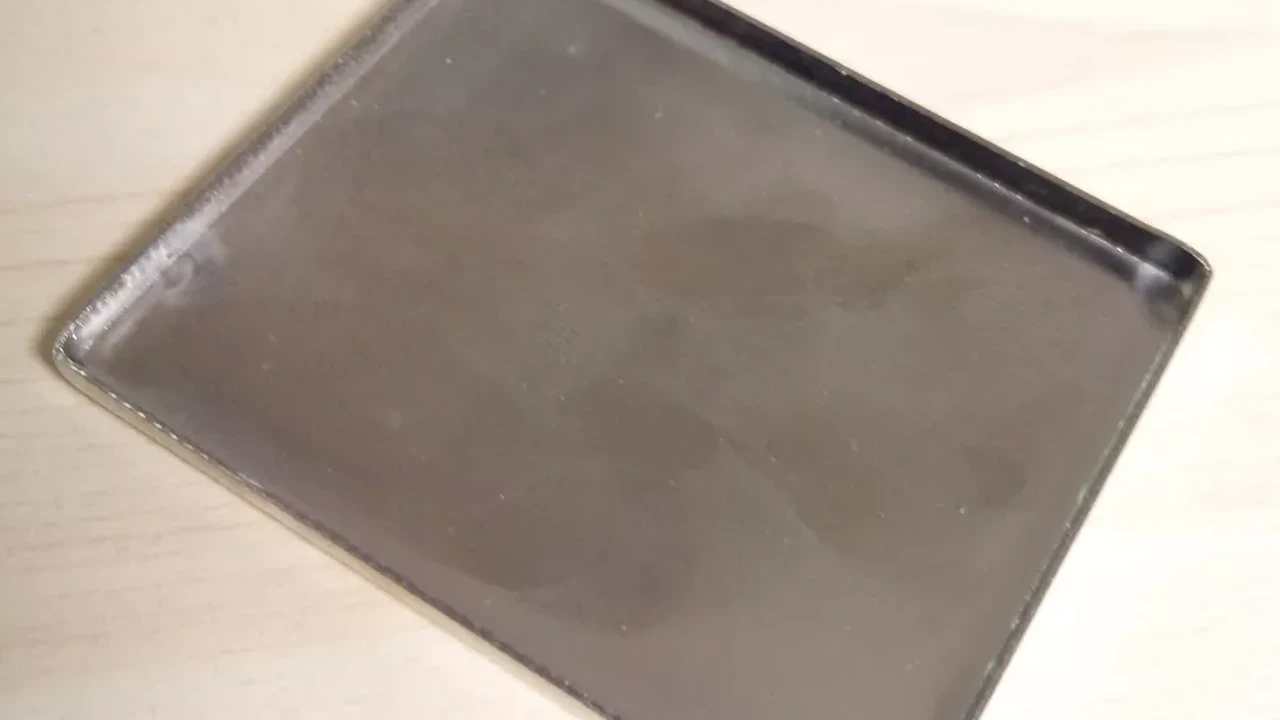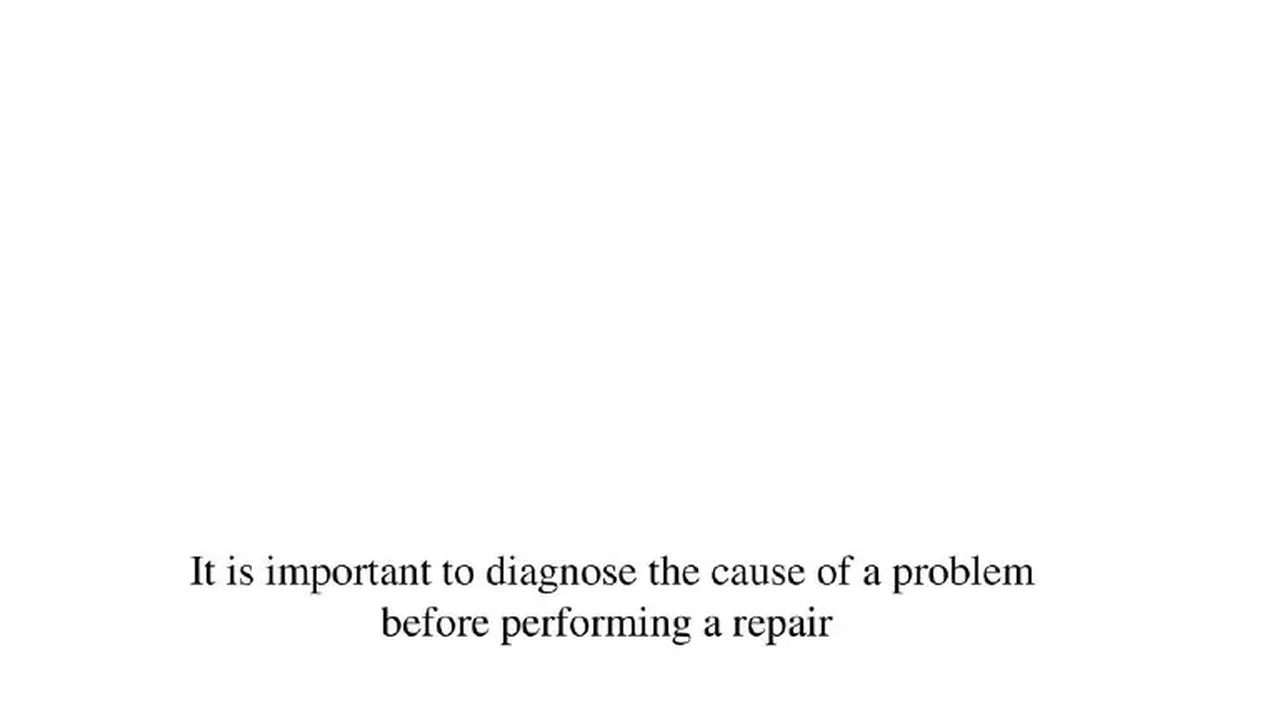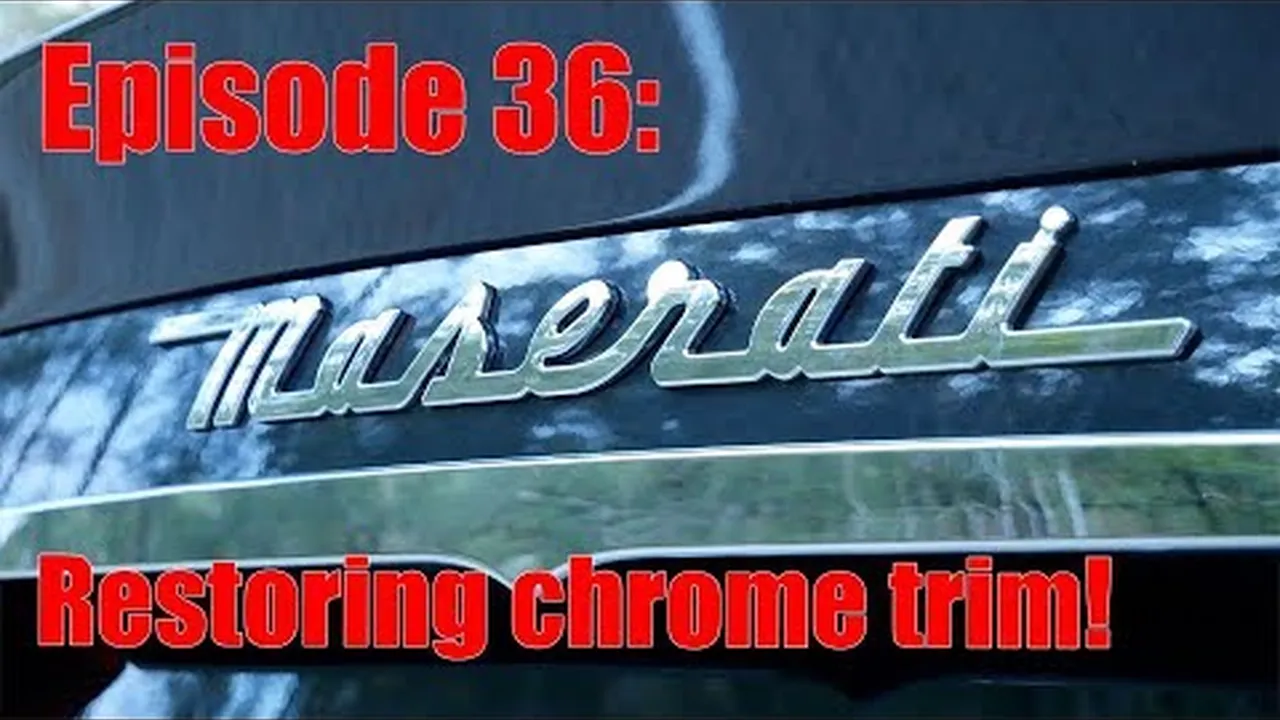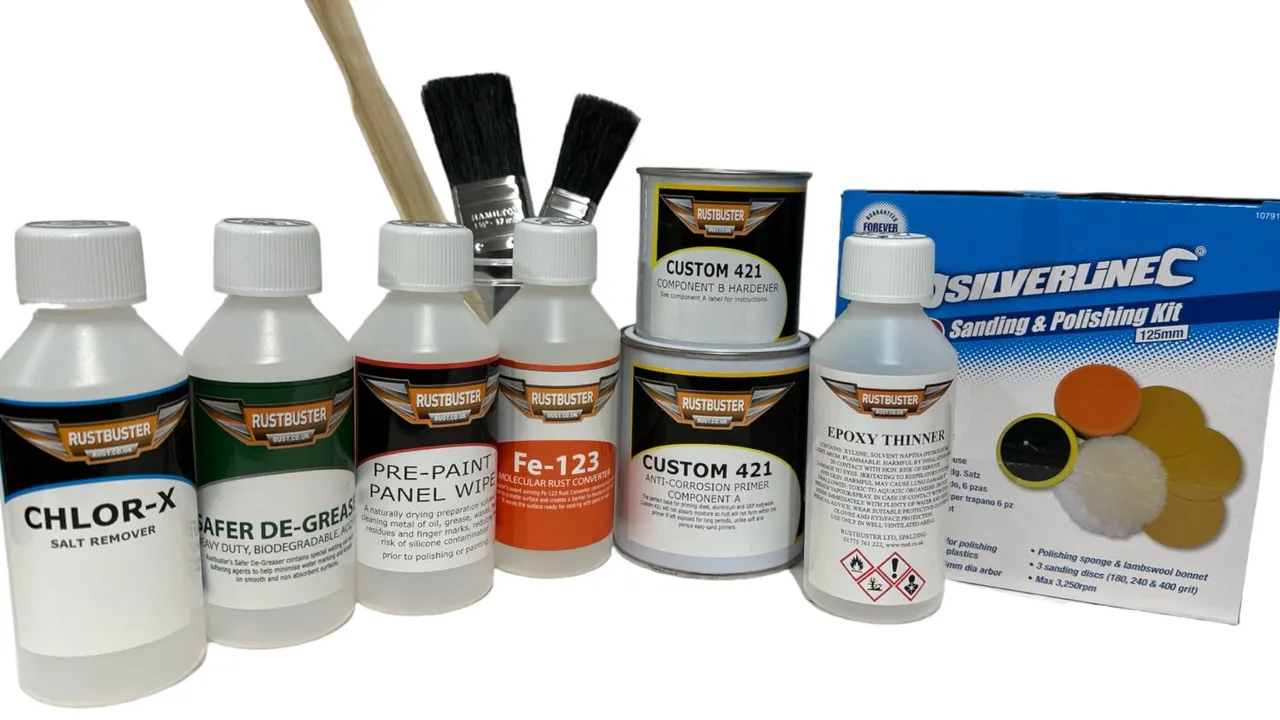Suspension System Restoration: Improving Ride Quality
Suspension System Restoration Improving Ride Quality
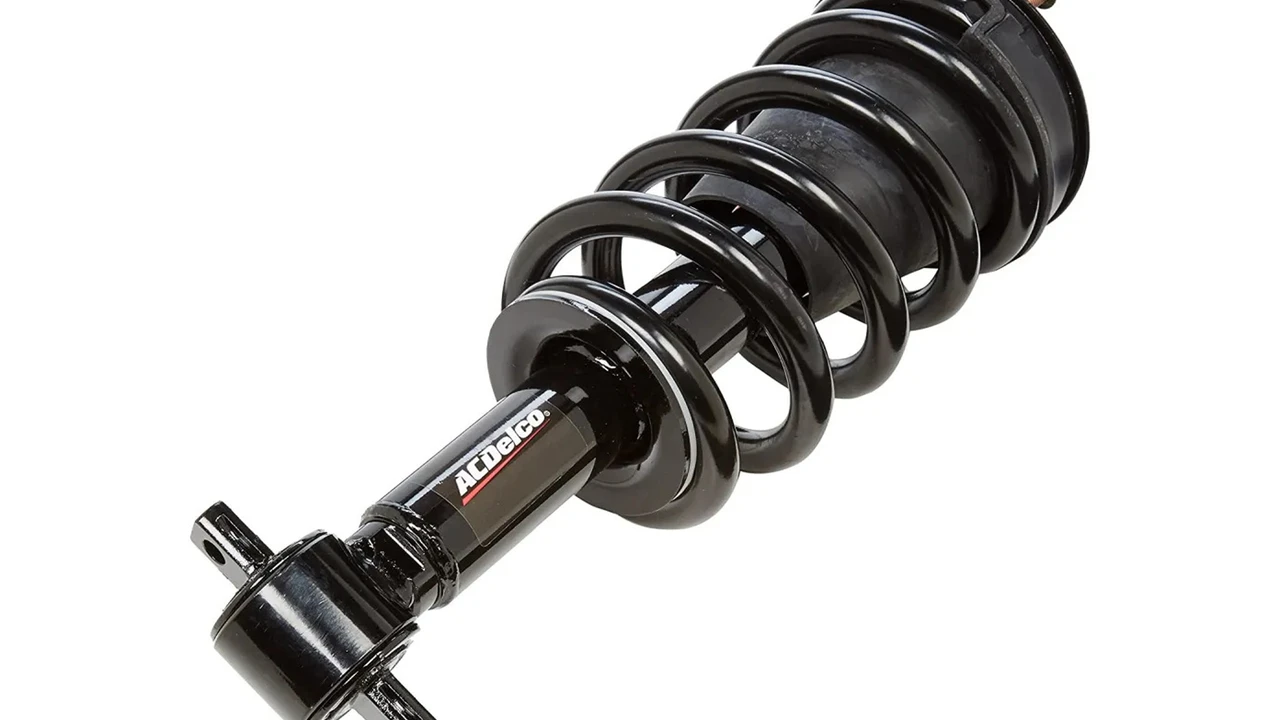
Okay, so you're diving into the world of classic car restoration, and you've reached the suspension system. This isn't just about aesthetics; it's about making your ride comfortable, safe, and enjoyable. A well-restored suspension will dramatically improve handling and overall driving experience. Let's get into the nitty-gritty!
Why Restore Your Classic Car's Suspension System? The Importance of Suspension Restoration
First things first, why bother? Classic car suspensions are often neglected. Years of wear and tear can lead to:
- Poor Handling: Your car might feel wobbly or unstable, especially on uneven surfaces.
- Reduced Ride Comfort: Bumps and potholes will feel much more jarring.
- Safety Issues: Worn suspension components can compromise braking and steering.
- Uneven Tire Wear: Misalignment caused by worn suspension can lead to premature tire wear.
Restoring the suspension addresses these issues, bringing your classic back to its former glory and ensuring a safer, more enjoyable driving experience.
Essential Suspension Components for Classic Car Restoration: A Comprehensive Overview
Before you start tearing things apart, let's identify the key components you'll be dealing with:
- Shocks (Shock Absorbers): Control the movement of the suspension and dampen bumps.
- Springs: Support the weight of the vehicle and absorb shocks. Leaf springs, coil springs, and torsion bars are common types.
- Bushings: Rubber or polyurethane components that cushion moving parts and reduce vibration.
- Ball Joints: Allow for movement between the suspension and the steering knuckle.
- Control Arms: Connect the suspension to the chassis.
- Tie Rod Ends: Connect the steering linkage to the steering knuckle.
- Sway Bar (Anti-Roll Bar): Reduces body roll during cornering.
- King Pins/Wheel Bearings: allow the wheel to rotate freely.
Assessing Your Classic Car's Suspension: Inspection and Diagnosis for Restoration Projects
Time to get your hands dirty! A thorough inspection is crucial. Here's what to look for:
- Visual Inspection: Check for rust, cracks, leaks, and general wear and tear on all components.
- Bounce Test: Push down firmly on each corner of the car. It should rebound smoothly and settle quickly. Excessive bouncing indicates worn shocks.
- Bushing Inspection: Look for cracks, tears, and excessive play in the bushings.
- Ball Joint Inspection: Use a pry bar to check for play in the ball joints. Excessive movement indicates wear.
- Tire Wear: Uneven tire wear can indicate suspension problems.
- Road Test: Pay attention to how the car handles and feels on the road. Listen for unusual noises.
Choosing the Right Replacement Parts: OEM, Aftermarket, and Upgrades for Suspension Systems
Now that you know what needs replacing, you have choices to make. Here's a breakdown of your options:
- OEM (Original Equipment Manufacturer) Parts: These are the same parts that came on the car from the factory. They offer the best fit and authenticity but can be expensive and hard to find.
- Aftermarket Parts: These are replacement parts made by companies other than the original manufacturer. They can be more affordable than OEM parts and are often readily available.
- Upgrades: These are performance-oriented parts that can improve handling and ride quality. Examples include performance shocks, stiffer springs, and polyurethane bushings.
The best choice depends on your goals and budget. If you're aiming for a concours-level restoration, OEM parts are the way to go. If you're looking for a more affordable option or want to improve performance, aftermarket parts or upgrades might be a better choice.
Step-by-Step Suspension Restoration: A Practical Guide with Tips and Tricks
Okay, let's get to the actual restoration process. This is a general guide, and specific steps may vary depending on your car's make and model. Always consult your car's service manual.
- Preparation: Gather your tools, replacement parts, and service manual. Jack up the car and support it securely on jack stands.
- Disassembly: Carefully disassemble the suspension components, taking note of how everything goes together. Take pictures as you go!
- Cleaning and Inspection: Clean all parts thoroughly and inspect them for damage. Replace any worn or damaged components.
- Rebuilding: Rebuild the suspension components, replacing bushings, ball joints, and other wear items.
- Installation: Install the rebuilt suspension components, following the service manual.
- Alignment: Have the car professionally aligned after completing the suspension restoration.
Pro Tip: Use penetrating oil to loosen rusted bolts and nuts. A good impact wrench can also be a lifesaver.
Shock Absorber Selection: Choosing the Best Shocks for Your Classic Car's Suspension
Shocks are crucial for ride quality and handling. Here are some options to consider:
- Original-Style Shocks: These are designed to replicate the original ride and handling characteristics of your car.
- Gas-Charged Shocks: These offer improved damping and handling compared to original-style shocks.
- Adjustable Shocks: These allow you to fine-tune the ride and handling to your preferences.
Product Recommendations:
- Koni Classic Shocks: These are a popular choice for classic car enthusiasts. They offer excellent damping and are available for a wide range of vehicles. Prices range from $150 to $300 per shock.
- Bilstein Shocks: Known for their high quality and performance. They offer excellent control and are a good choice for cars that are driven hard. Prices range from $200 to $400 per shock.
- Monroe Gas-Magnum Shocks: A more affordable option that still provides good performance. Ideal for daily drivers. Prices range from $50 to $100 per shock.
Comparison: Koni and Bilstein are high-end options that offer superior performance and adjustability. Monroe is a more budget-friendly option that is still a good upgrade over worn-out original shocks.
Spring Selection and Replacement: Maintaining Original Ride Height or Improving Performance
Springs support the weight of the car and absorb shocks. Here are some considerations:
- Original-Style Springs: These will maintain the original ride height and handling characteristics of your car.
- Lowering Springs: These will lower the ride height and improve handling.
- Stiffer Springs: These will improve handling but may result in a harsher ride.
Product Recommendations:
- Eibach Pro-Kit Springs: A popular choice for lowering and improving handling. Prices range from $200 to $400 per set.
- Coil Spring Specialties Custom Springs: Allows you to order springs with specific spring rates and ride heights. Prices vary depending on the specifications.
- Original-Style Replacement Springs: Available from various suppliers, such as Eaton Detroit Spring. Prices range from $100 to $300 per spring.
Comparison: Eibach Pro-Kit springs are a good choice for improving handling without sacrificing too much ride comfort. Coil Spring Specialties offers custom springs for specific needs. Original-style replacement springs are ideal for maintaining the original ride and handling.
Bushing Replacement: Polyurethane vs Rubber for Classic Car Suspension
Bushings cushion moving parts and reduce vibration. The big debate: polyurethane vs. rubber.
- Rubber Bushings: Offer a softer ride and better noise isolation. They are the original type of bushing used in most classic cars.
- Polyurethane Bushings: Offer improved handling and durability but may result in a harsher ride and increased noise.
Product Recommendations:
- Energy Suspension Polyurethane Bushings: A popular brand of polyurethane bushings. Prices range from $5 to $20 per bushing.
- Moog Rubber Bushings: A reputable brand of rubber bushings. Prices range from $3 to $15 per bushing.
- Prothane Polyurethane Bushings: Another popular option for polyurethane bushings. Prices are similar to Energy Suspension.
Comparison: Polyurethane bushings offer improved performance and durability, but rubber bushings are a better choice if you prioritize ride comfort and noise isolation. Energy Suspension and Prothane are two well-known brands of polyurethane bushings, while Moog is a reputable brand of rubber bushings.
Addressing Steering Components: Tie Rod Ends and Ball Joint Replacement for Improved Handling
Don't forget the steering! Worn tie rod ends and ball joints can cause loose steering and poor handling.
- Tie Rod Ends: Connect the steering linkage to the steering knuckle. Replace them if they are worn or loose.
- Ball Joints: Allow for movement between the suspension and the steering knuckle. Replace them if they are worn or loose.
Product Recommendations:
- Moog Tie Rod Ends and Ball Joints: A trusted brand for steering components. Prices range from $20 to $50 per tie rod end or ball joint.
- TRW Tie Rod Ends and Ball Joints: Another reputable brand for steering components. Prices are similar to Moog.
- Mevotech Tie Rod Ends and Ball Joints: A more affordable option for steering components. Prices range from $15 to $40 per tie rod end or ball joint.
Comparison: Moog and TRW are high-quality brands for steering components, while Mevotech offers a more budget-friendly option. Choose a brand that you trust and that fits your budget.
Sway Bar Restoration and Upgrades: Reducing Body Roll for Enhanced Cornering
A sway bar (or anti-roll bar) connects the left and right sides of the suspension, reducing body roll during cornering. Upgrading to a stiffer sway bar can improve handling.
- Original-Style Sway Bar: Replaces the original sway bar with a new one of the same size and stiffness.
- Upgraded Sway Bar: A thicker and stiffer sway bar that reduces body roll more effectively.
Product Recommendations:
- Addco Sway Bars: A popular brand for aftermarket sway bars. Prices range from $150 to $400 per sway bar.
- Hellwig Sway Bars: Another reputable brand for aftermarket sway bars. Prices are similar to Addco.
- Original-Style Replacement Sway Bars: Available from various suppliers. Prices range from $100 to $300 per sway bar.
Comparison: Addco and Hellwig offer upgraded sway bars that improve handling, while original-style replacement sway bars maintain the original handling characteristics.
Wheel Alignment After Suspension Work: Ensuring Proper Handling and Tire Wear
After completing any suspension work, it's crucial to have the car professionally aligned. Proper alignment ensures:
- Proper Handling: The car will steer and handle correctly.
- Even Tire Wear: Tires will wear evenly, extending their lifespan.
- Fuel Efficiency: Proper alignment can improve fuel efficiency.
Find a reputable alignment shop that is experienced with classic cars. They will be able to adjust the alignment to the correct specifications.
Tools and Equipment for Suspension Restoration: A Comprehensive List
Having the right tools will make the job much easier. Here's a list of essential tools:
- Jack and Jack Stands: To safely lift and support the car.
- Wrenches and Sockets: In various sizes to fit the nuts and bolts on your car.
- Impact Wrench: To loosen stubborn bolts and nuts.
- Pry Bar: To separate suspension components.
- Ball Joint Separator: To separate ball joints from the steering knuckle.
- Spring Compressor: To safely compress coil springs.
- Grease Gun: To lubricate ball joints and other grease fittings.
- Torque Wrench: To tighten fasteners to the correct torque specifications.
- Penetrating Oil: To loosen rusted bolts and nuts.
- Service Manual: To provide detailed instructions and specifications for your car.
Safety Precautions During Suspension Restoration: Protecting Yourself and Your Classic Car
Safety is paramount! Follow these precautions:
- Wear Safety Glasses: To protect your eyes from flying debris.
- Wear Gloves: To protect your hands from grease and grime.
- Use Jack Stands: Never work under a car supported only by a jack.
- Disconnect the Battery: To prevent electrical shocks.
- Work in a Well-Ventilated Area: When using solvents or chemicals.
- Follow the Service Manual: For specific safety instructions for your car.
Restoring your classic car's suspension is a rewarding project that will improve its handling, ride quality, and safety. Take your time, do your research, and enjoy the process!
:max_bytes(150000):strip_icc()/277019-baked-pork-chops-with-cream-of-mushroom-soup-DDMFS-beauty-4x3-BG-7505-5762b731cf30447d9cbbbbbf387beafa.jpg)



